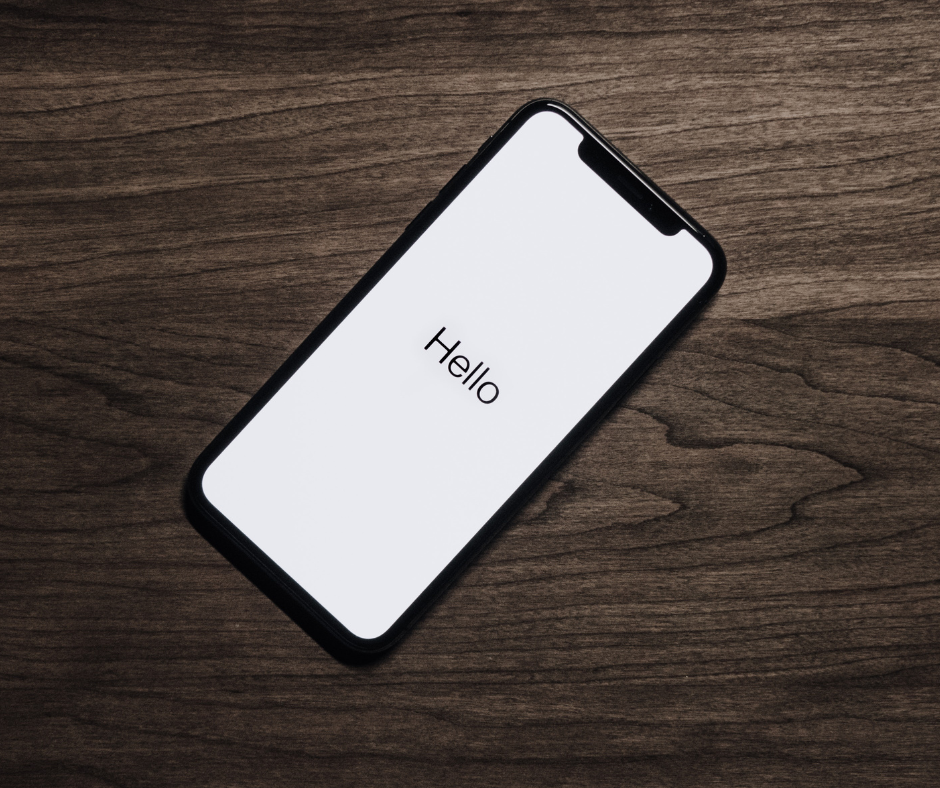Apple's ingredients for accessible innovation
Clive Gilbert | 25 Oct 2022Assistive technology news, policy and events. 
Born with cerebral palsy, Clive is an extensive user of assistive technology and has first-hand experience of the transformative potential that technology can bring to the lives of disabled people.
After two decades of world-leading inclusive innovation, Apple must forge stronger links with disabled people and the wider technology sector.
In July, Apple delivered a coda to a string of accessibility announcements earlier in the year.
During a presentation at its annual Worldwide Developers Conference, Apple software engineer Eric Liang aired a new Apple Accessible Plug-In for Unity - a widely-used video game development tool.
The free plug-in has a host of options that will help game designers integrate some of the many accessibility features found on iOS devices into their titles. These include the ability to use the iOS screen reader voiceover within games, support for personalised controls such as gesture and switch-based options, and a new feature that changes the size of text in games to match the user’s specified preferences in their device’s settings.
Apple has built a towering reputation as a leader in digital accessibility. The classrooms in my special needs school in the mid-90s were dotted with turquoise iMacs. However, with a few notable exceptions - such as StickyKeys and MouseKeys - most assistive applications were costly add-ons.
I is for innovation
This started to change in 2004 when Apple OS X 10.4 Tiger was launched with Universal Access - a bundle of preinstalled features for users with visual, hearing, and mobility impairments.
As the era of the iPhone and the iPad arrived, the app revolution turned Apple devices into assistive technology laboratories by providing software developers with a relatively easy way of reaching disabled people.
The fertile combination of mobile computing, the availability of onboard sensors, cameras, and other built-in gadgetry ready to be tapped into, and the mainstream popularity of Apple technologies has helped to transform the assistive technology landscape.
The pace of innovation in Apple's native accessibility features has also accelerated. Take the past three years of Apple accessibility highlights. In 2020, the company introduced the Back Tap feature on iOS 14 to allow disabled iPhone users to set up shortcuts to favourite apps and accessibility features by double or triple-tapping the back of their device.
That year also debuted People Detection, which describes nearby people, objects, and scenes to blind and visually-impaired iPhone users. It also added to FaceTime a new feature that allows it to automatically detect when a participant in a group call is using sign language and make that person prominent – an innovation that was given fresh importance by the pandemic and social distancing rules.
In 2021, Apple rolled out SignTime to allow customers to communicate with its customer services team using sign language interpreters. It unveiled AssistiveTouch on the Apple Watch, which makes it possible for people with reduced fine motor control to navigate by clenching their fists or pinching their fingers together.
Apple also teamed up with Tobii Dynavox to launch the first medically-certified eye gaze-controlled iPad. Another innovation lets hearing aid users connect directly to their iPhones to make it easier to make calls.
Before this year’s gaming announcement, Apple had already revealed a series of new features to help people across the spectrum of impairment to interact with products: People Detection gained a sibling in Door Detection to help users with visual impairments identify entrances; Apple Watch users with limited fine motor control will be able to operate their device using a paired iPhone via a new Mirroring option and live captioning is being added to FaceTime calls and audio text message.
In case that isn't enough, Apple has added more than 20 new languages to VoiceOver, including Ukrainian, Bulgarian, and Vietnamese.
The past 20 years show that Apple has discovered the ingredients for accessible innovation. The next frontier in assistive accessible technology will be reached more quickly if trailblazers like Apple reach out to show the world how inclusive innovation works.
TechShare Pro 2022
I’m looking forward to hearing from Apple’s Chief Accessibility Officer Sarah Herrlinger as she discusses further innovation and accessibility at Apple at TechShare Pro 2022. You’ll also be able to hear from me at TechShare Pro as I take part in the panel for TechShare Pro’s Media representation of disability session.
Join Europe’s largest gathering of accessibility and inclusion professionals and their allies, connecting experts from across sectors, through over 50 different interactive sessions. Get your affordable community ticket to enjoy the whole event or get unlimited tickets for your whole organisation with TechShare Pro’s Champions Bundle offers.
Book your ticket for TechShare Pro 2022
Further resources
- Join our dispATches mailing list to receive the latest news and events from the world of assistive technology
- Read Clive's October Assistive technology news, policy and events round up.
- Find out more about AbilityNet's free live webinars.
- Unsure where to start with digital accessibility? Speak to our experts for help.
AbilityNet provides a range of free services to help disabled people and older people. If you can afford it, please donate to help us support older and disabled people through technology



